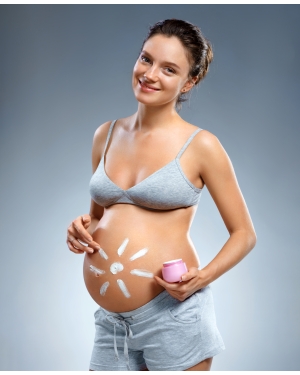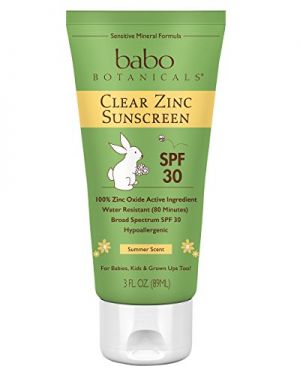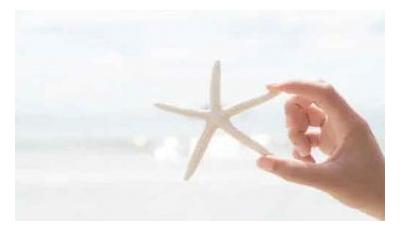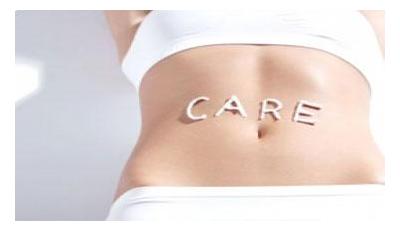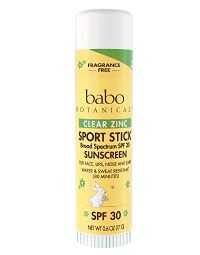Pregnancy is a delicate time for both you and your baby. During this time, any substances that can affect hormones and development will have the most profound effects. It is important that you use sunscreens with ingredients that do not cause any toxicity while you are pregnant.

Sun Protection is Important during Pregnancy
On top of other physiological changes, increased hormone levels can make your skin more sensitive while you are pregnant. Pregnancy hormones can affect blood circulation to your skin, metabolism in skin cells, skin gland activity, and immune system functions.1,2 This can cause you to be more prone to sunburns and dark blotches on your skin called melasma. UV radiation can also decrease levels of folate, an important vitamin for your developing baby.3 Therefore, it is important that you limit your sun exposure as much as possible and use a safe, effective sunscreen if you do go out in the sun.


Sunscreens do not Cause Birth Defects
The current consensus from major medical organizations is that all FDA-approved sunscreens are safe to use during pregnancy.4 Though large-scale, long-term studies have not been conducted on sunscreen use and pregnancy, a few smaller clinical trials have been done. Sunscreen use has not been linked to any birth defects or major side effects for both mothers and infants.4
That being said, some doctors are now advising against using sunscreens containing certain ingredients because of the possibility of subtler effects or consequences later in life due to exposure to these substances in utero. These are discussed in detail below.
The current consensus from major medical organizations is that all FDA-approved sunscreens are safe to use during pregnancy.4 Though large-scale, long-term studies have not been conducted on sunscreen use and pregnancy, a few smaller clinical trials have been done. Sunscreen use has not been linked to any birth defects or major side effects for both mothers and infants.4
That being said, some doctors are now advising against using sunscreens containing certain ingredients because of the possibility of subtler effects or consequences later in life due to exposure to these substances in utero. These are discussed in detail below.


Oxybenzone is a Hormone Disruptor
Oxybenzone (also known as benzophenone-3) is the most popular sunscreen ingredient, appearing in two-thirds of all chemical (non-mineral) sunscreens currently on the market.5 Its molecular structure is very similar to the hormone estrogen, enough so that it is able to bind to estrogen receptors in cells in you and your baby’s bodies. One consequence of oxybenzone exposure is reduced levels of testosterone in both males and females.6 In pregnant women, higher levels of oxybenzone in the body is associated with lower levels of thyroid hormones as well.7
Oxybenzone, along with other sunscreen ingredients, can be absorbed through your skin into your bloodstream.8 It has been detected in the amniotic fluid surrounding developing babies in the uterus, and even in the fetal bloodstream.9 Studies on rodents have found that exposure to oxybenzone in utero disrupts developmental processes in the brain and other parts of the body.10
Recommended: Pregancy safe sunscreen, Jason Mineral sunscreen, that does not have oxybenzone.
Oxybenzone (also known as benzophenone-3) is the most popular sunscreen ingredient, appearing in two-thirds of all chemical (non-mineral) sunscreens currently on the market.5 Its molecular structure is very similar to the hormone estrogen, enough so that it is able to bind to estrogen receptors in cells in you and your baby’s bodies. One consequence of oxybenzone exposure is reduced levels of testosterone in both males and females.6 In pregnant women, higher levels of oxybenzone in the body is associated with lower levels of thyroid hormones as well.7
Oxybenzone, along with other sunscreen ingredients, can be absorbed through your skin into your bloodstream.8 It has been detected in the amniotic fluid surrounding developing babies in the uterus, and even in the fetal bloodstream.9 Studies on rodents have found that exposure to oxybenzone in utero disrupts developmental processes in the brain and other parts of the body.10
Recommended: Pregancy safe sunscreen, Jason Mineral sunscreen, that does not have oxybenzone.

The health of the placenta is critical as this organ transmits nutrients and oxygen from mother to child and removes metabolic wastes from the infant’s bloodstream. Recent evidence suggests that certain substances in sunscreens can disrupt the proper placement and growth of the placenta. Avobenzone, a chemical UV filter, slows the growth of trophoblast cells that form the placenta.11 Similarly, titanium dioxide nanoparticles can inhibit placental growth by disrupting trophoblast and blood vessel growth.12
Recommended: Non nano zinc oxide sunscreen safe for pregnant women: Babo Botanicals Clear Zinc Sunscreen SPF 30

On top of the hormonal and other toxic effects of chemical UV filters, they can also cause skin irritation and allergies. This is an even bigger problem if you are pregnant and your skin is more sensitive than usual. Sunscreens with mineral nanoparticles, increasingly popular because they don’t appear as chalky white as regular mineral sunscreens, are also potentially hazardous. Titanium dioxide and zinc oxide nanoparticles can enter cells and cause problems with embryo development.13,14
Your best bet is to go with mineral sunscreens containing “non-nanomized” zinc oxide or titanium dioxide. These mineral particles have a diameter of 100 nanometers or larger and are too big to enter cells and cause toxicity. Zinc oxide also provides full protection against both types of harmful UV radiation - UVA and UVB - which most chemical ingredients do not.15
Recommended: Non nano zinc oxide sunscreen that is pregnancy safe, Juice Beauty SPF 30 Sport Sunscreen

Best Sunscreens for Pregnant Women
[1] Kar S, Krishnan A, Shivkumar PV. 2012. “Pregnancy and Skin.” J Obstet Gynaecol India. Jun; 62(3):268-275. https://www.ncbi.nlm.nih.gov/pmc/articles/PMC3444563/
[2] The American College of Obstetricians and Gynecologists. October 2018. “Skin Conditions During Pregnancy.” Frequently Asked Questions: Pregnancy. FAQ169. https://www.acog.org/Patients/FAQs/Skin-Conditions-During-Pregnancy?IsMobileSet=false
[3] Borradale D, Isenring E, Hacker E, Kimlin MG. 2014. “Exposure to solar ultraviolet radiation is associated with a decreased folate status in women of childbearing age.” J Photochem Photobiol B. Feb 5; 131:90-95. https://www.ncbi.nlm.nih.gov/pubmed/24509071
[4] Felix R. 2017. “Looking On The Sunnyside: Sunscreen Use During Pregnancy.” Emory University School of Medicine. http://www.emory.edu/msacd/news-articles/sunscreen-use-pregnancy.html
[5] Environmental Wellness Group. 2018. “12th Annual EWG Sunscreen Guide.” https://www.ewg.org/sunscreen/report/executive-summary/ [6] Burnett ME, Wang SQ. 2011. “Current sunscreen controversies: a critical review.” Photodermatol Photoimmunol Photomed. Apr; 27(2):58-67. https://www.ncbi.nlm.nih.gov/pubmed/21392107
[7] Aker AM, Johns L, McElrath TF, Cantonwine DE, Mukherjee B, Meeker JD. 2018. “Associations between maternal phenol and paraben urinary biomarkers and maternal hormones during pregnancy: A repeated measures study.” Environ Int. Apr; 113:341-349. https://www.ncbi.nlm.nih.gov/pubmed/29366524
[8] Calafat AM, Wong LY, Ye X, Reidy JA, Needham LL. 2008. “Concentrations of the Sunscreen Agent Benzophenone-3 in Residents of the United States: National Health and Nutrition Examination Survey 2003-2004.” Environ Health Perspect. Jul; 116(7):893-897. https://www.ncbi.nlm.nih.gov/pmc/articles/PMC2453157/
[9] Krause M, Frederiksen H, Sundberg K, Jørgensen FS, Jensen LN, Nørgaard P, Jørgensen C, Ertberg P, Juul A, Drzewiecki KT, Skakkebaek NE, Andersson AM. 2018. “Presence of benzophenones commonly used as UV filters and absorbers in paired maternal and fetal samples.” Environ Int. Jan; 110:51-60. https://www.ncbi.nlm.nih.gov/pubmed/29100749
[10] Krzyżanowska W, Pomierny B, Starek-Świechowicz B, Broniowska Ż, Strach B, Budziszewska B. 2018. “The effects of benzophenone-3 on apoptosis and the expression of sex hormone receptors in the frontal cortex and hippocampus of rats.” Toxicol Lett. Oct 15; 296:63-72. https://www.ncbi.nlm.nih.gov/pubmed/30099065
-
Reef Safe Sunscreens
By Dr. KarenDecember 21, 2021 -
Zinc Oxide Sunscreen
By Dr. KarenDecember 21, 2021 -
Best Baby Sunscreen
By Dr. AnnaDecember 17, 2021
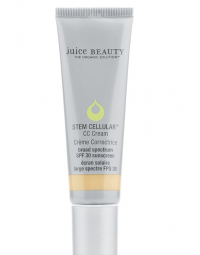
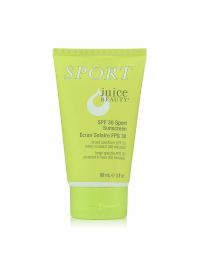
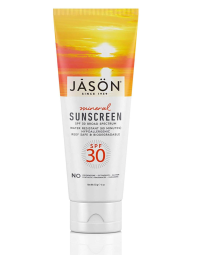
Search the blog
Article Categories
- All Articles (95)
- Rating Charts (1)
- Beauty & Skincare (17)
- FAQ (0)
- Hair Care (9)
- Health & Wellness (12)
- Anti-Aging (4)
- Kid's Health (0)
- Makeup (2)
- Men's Health (2)
- Oral Care (3)
- Sunscreen (7)
- Skin Tools & Treatments (10)
- Supplements (26)
- Videos (0)

